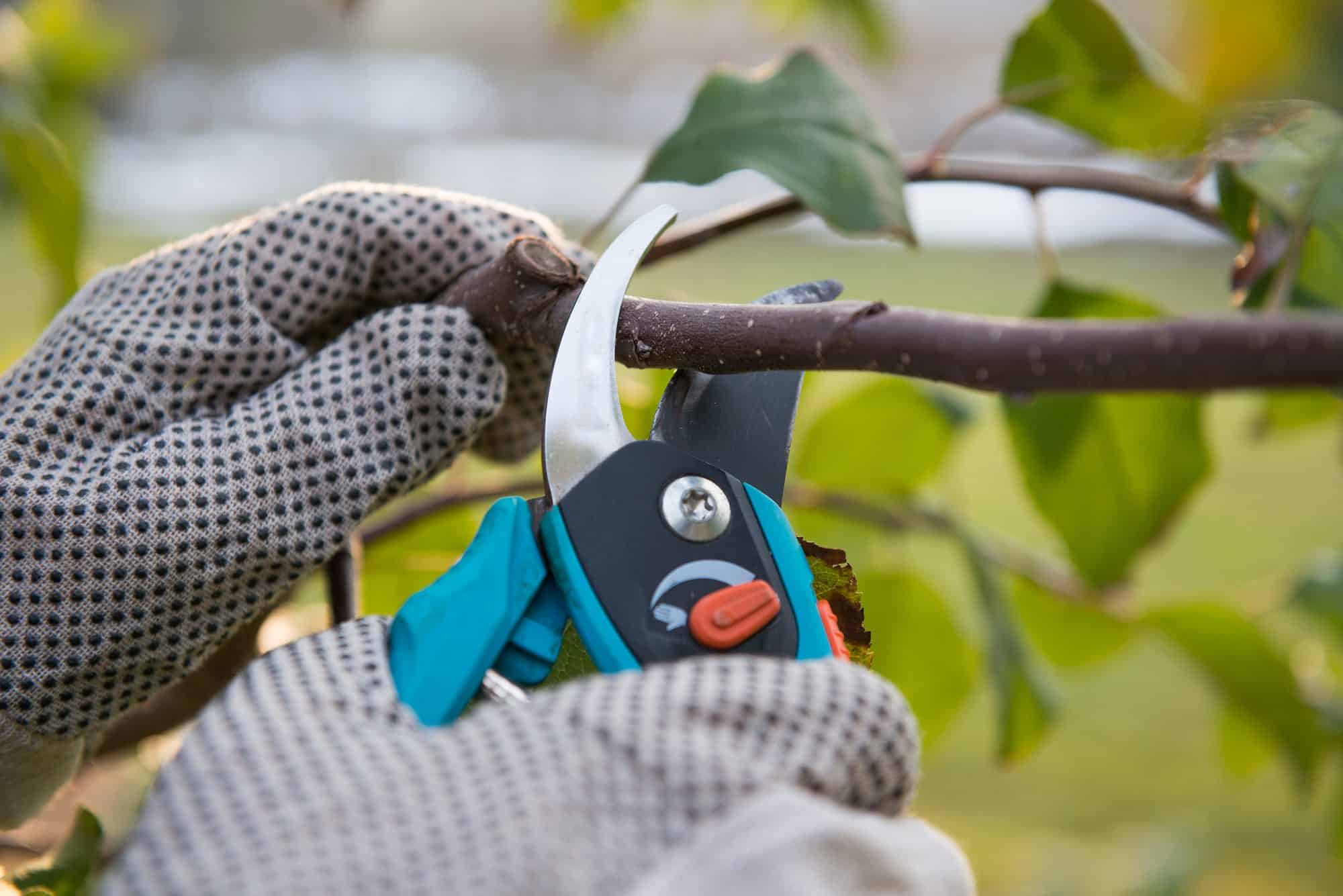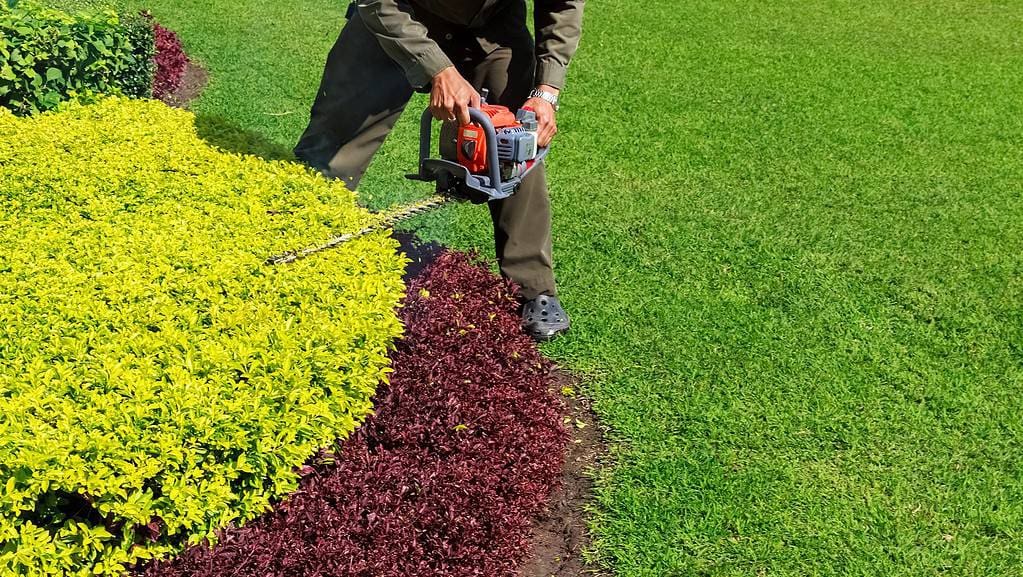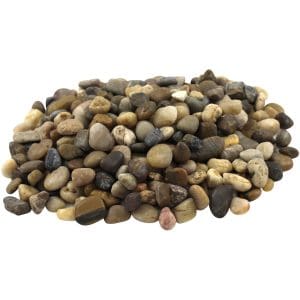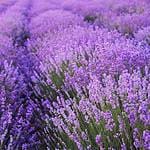
When and How to Prune Your Garden Plants
Pruning is an essential practice for maintaining healthy and thriving garden plants. When done correctly, it can encourage new growth, improve the plant’s shape, and increase overall vitality.
However, pruning isn’t a simple stroll in the park. If anything, it’s an art form that requires knowledge and the right garden supplies that support plants and optimize your practices.
To help you master the art of pruning, we’ve put together a quick beginner’s guide that explores when and how to prune your plants, with added recommendations on the most essential supplies to keep on hand.
When is the Best Time to Prune?
There are many factors that must be considered when choosing the right time to get down and dirty with those gardening shears. It’s always a good idea to do homework on your plant varieties and the weather/seasonal patterns in your region.
Winter Dormancy: Most deciduous trees and shrubs are best pruned during late winter or early spring while they’re still dormant. This allows for optimal healing and minimizes stress on the plant.
Spring Flowering Shrubs: If your shrubs bloom in spring, prune them immediately after flowering to avoid cutting off next year’s flower buds, which form on old wood.
Summer-Flowering Shrubs: Prune these varieties in late winter or early spring before new growth begins. This encourages vigorous flowering on the new season’s growth.
Dead or Damaged Branches: Remove dead or damaged branches as soon as you notice them, regardless of the season, to prevent disease and maintain the plant’s appearance.

What Are the Best Pruning Practices?
These pruning tips should get you off to a winning start…
Use the Right Tools: Invest in high-quality pruning shears, loppers, and a pruning saw. Clean and sharpen your tools before use to prevent damage to the plant.
Know Your Cuts: There are two main types of cuts—heading cuts and thinning cuts. Heading cuts involve removing a portion of a branch, typically cutting just above a bud. Thinning cuts involve removing an entire branch at its point of origin.
Prune at a 45-degree Angle: Make your cuts at a slight angle, about a quarter-inch above a healthy bud or branch junction. This helps water drain away from the cut and promotes healing.
Remove Diseased or Crossing Branches: Prune away branches that are diseased, dead, or crossing each other. This opens up the plant to better air circulation and sunlight.
Step Back and Observe: As you prune, step back periodically to assess the plant’s shape and balance. Aim for a natural and aesthetically pleasing appearance.
Dispose of Pruned Material: Remove and dispose of pruned branches and leaves properly, especially if they are diseased, to prevent the spread of pathogens.
Must-Have Garden Supplies to Promote Plant Health

Pruning is an important step in maintaining your plants health, but there are other supplies that should be considered for optimal growth and preservation. Having the right supplies can also cut down on the amount of time and work you need to spend on maintenance.
Gravel and Landscaping Stones: Adding a top layer of pea gravel to garden beds can help distribute moisture evenly, improve overall drainage, and insulate plants.
Mulch: Like gravel, mulch is awesome for retaining and distributing moisture, while also improving the appearance of garden beds.
Organic Soil: Not all soils are created equal. Organic soil ensures your plants receive the best nutrition without the chemicals.






Leave a Reply